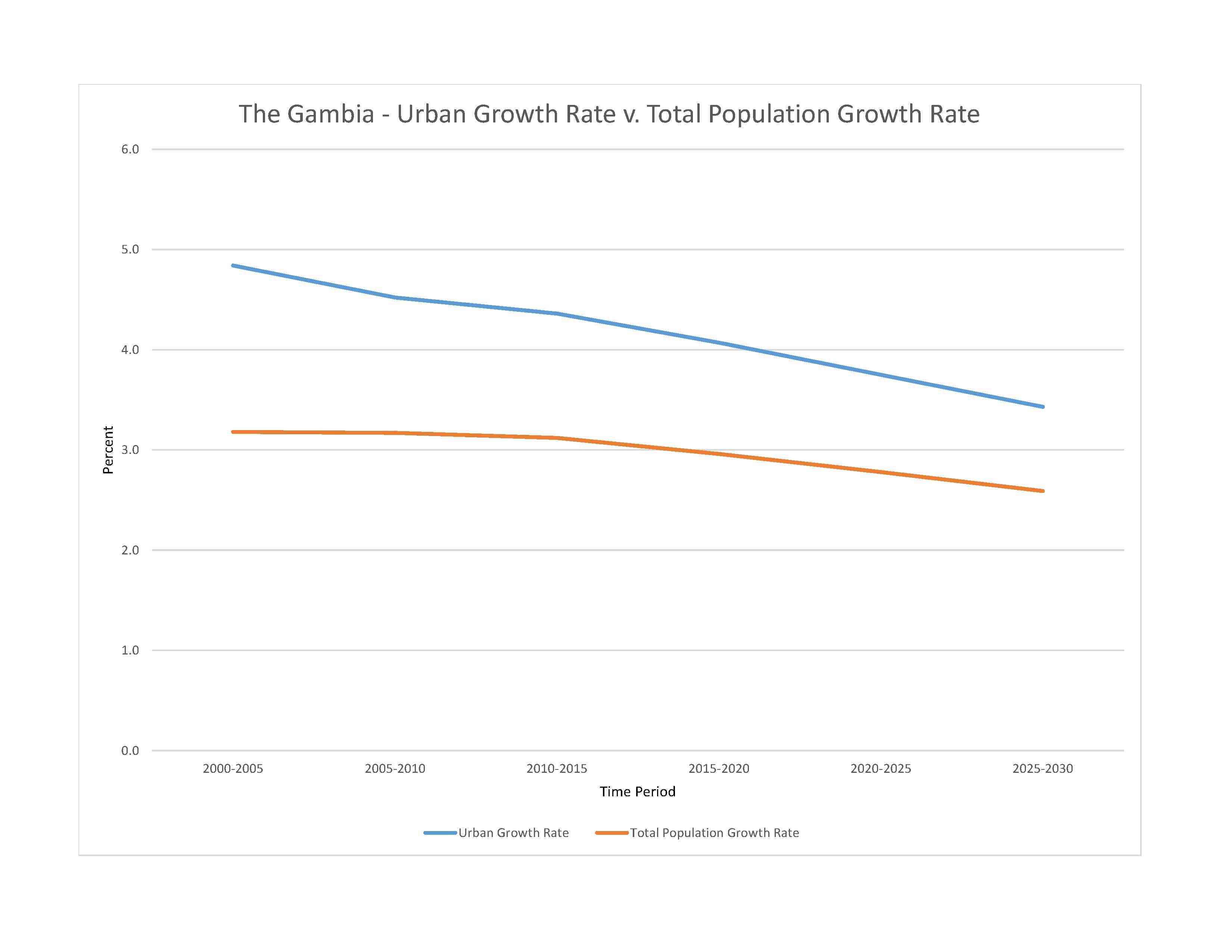
deforestation due to slash-and-burn agriculture; desertification; water pollution; water-borne diseases
party to: Biodiversity, Climate Change, Climate Change-Kyoto Protocol, Climate Change-Paris Agreement, Desertification, Endangered Species, Hazardous Wastes, Law of the Sea, Nuclear Test Ban, Ozone Layer Protection, Ship Pollution, Wetlands, Whaling
signed, but not ratified: Comprehensive Nuclear Test Ban
tropical; hot, rainy season (June to November); cooler, dry season (November to May)
agricultural land: 56.1% (2018 est.)
arable land: 41% (2018 est.)
permanent crops: 0.5% (2018 est.)
permanent pasture: 14.6% (2018 est.)
forest: 43.9% (2018 est.)
other: 0% (2018 est.)
urban population: 64.5% of total population (2023)
rate of urbanization: 3.75% annual rate of change (2020-25 est.)

2.47% of GDP (2018 est.)
0% of GDP (2018 est.)
particulate matter emissions: 39.1 micrograms per cubic meter (2019 est.)
carbon dioxide emissions: 0.53 megatons (2016 est.)
methane emissions: 1.96 megatons (2020 est.)
municipal solid waste generated annually: 193,441 tons (2002 est.)
Gambia river mouth (shared with Senegal and Guinea [s]) - 1,094 km
note – [s] after country name indicates river source; [m] after country name indicates river mouth
Senegalo-Mauritanian Basin
municipal: 40 million cubic meters (2020 est.)
industrial: 20 million cubic meters (2020 est.)
agricultural: 40 million cubic meters (2020 est.)
8 billion cubic meters (2020 est.)
NOTE: The information regarding Gambia The on this page is re-published from the 2024 World Fact Book of the United States Central Intelligence Agency and other sources. No claims are made regarding the accuracy of Gambia The 2024 information contained here. All suggestions for corrections of any errors about Gambia The 2024 should be addressed to the CIA or the source cited on each page.
This page was last modified 04 May 24, Copyright © 2024 ITA all rights reserved.